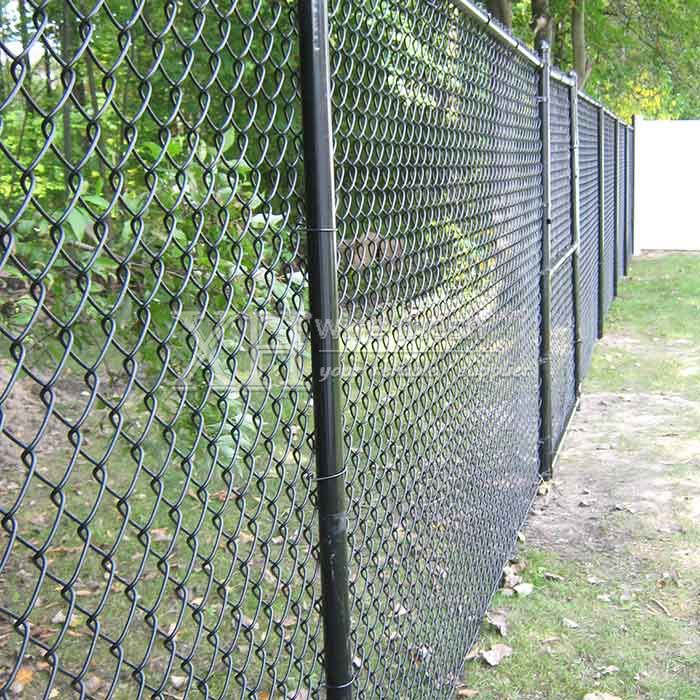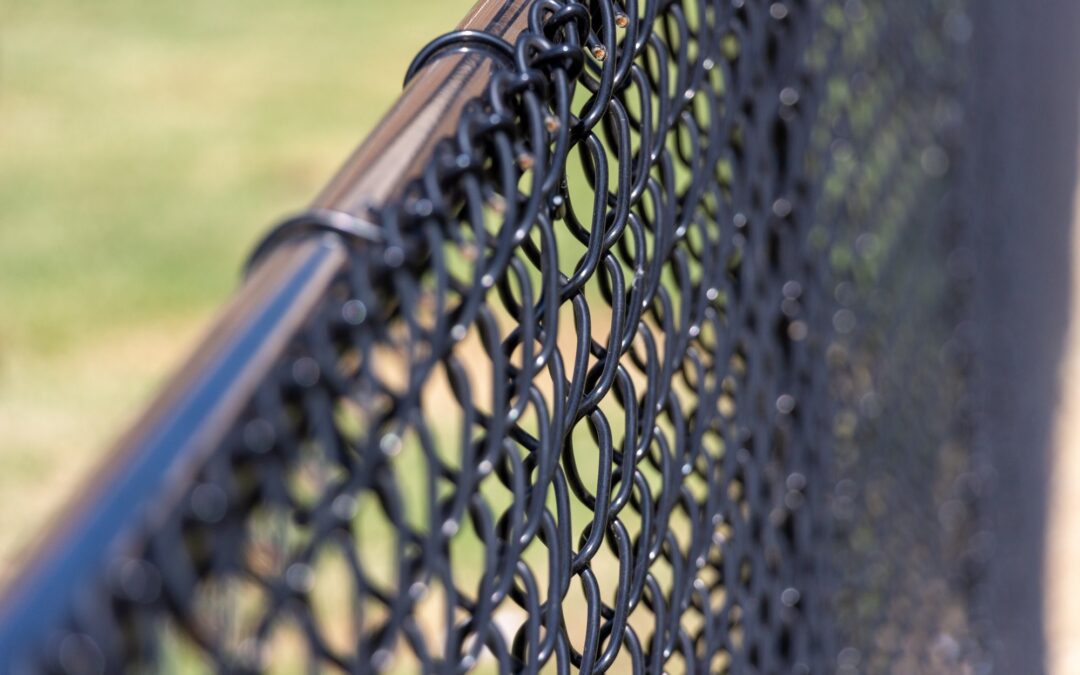Installing a chain link fence is a practical decision for many homeowners and property managers. This type of fencing is known for its durability, cost-effectiveness, and ease of installation. However, the timing of the installation can significantly impact its effectiveness and longevity. Here, we explore various scenarios and factors to consider to determine when it’s best to install a chain link fence.
Chain Link Fence Installation in NJ | When to Install a Chain Link Fence
1. Consider the Weather Conditions
The first and foremost factor to consider is the weather. Chain link fence installation is ideally done in mild weather conditions. Extreme temperatures, whether hot or cold, can make the installation process more challenging. In very hot conditions, the metal can expand, making it difficult to handle and align properly. In contrast, cold weather can make the ground hard and more difficult to dig for setting the fence posts. Spring and fall usually offer the most favorable conditions for fence installation, with moderate temperatures and generally softer ground.
2. Assess Your Security and Privacy Needs
Timing your fence installation can also depend on your immediate needs for security and privacy. If you’re moving into a new property or have recently experienced security issues, it’s wise to prioritize fence installation. A chain link fence, while not the most private option, can act as a deterrent to trespassers and enhance the security of your property.
3. Plan Around Landscaping and Gardening Seasons
If you have significant landscaping or a garden near the planned fence line, consider installing the fence during the dormant season for plants. This approach minimizes damage to your plants and makes it easier for the installers to work around existing landscaping. Late fall or early winter, when most plants are dormant, is an ideal time for this reason.
 4. Align with Home Improvement Projects
4. Align with Home Improvement Projects
If you’re planning other home improvement projects, it might be efficient to align the fence installation with these projects. For instance, if you’re having major work done in your yard, installing a fence simultaneously could save time and possibly reduce overall costs due to shared contractor resources.
5. Check Local Regulations and Neighborhood Norms
Before deciding on the timing, check with your local city or county office for any regulations regarding fence installation. Some areas might have restrictions or require permits for fencing projects. Also, consider any neighborhood norms or homeowners’ association rules that might dictate when and how you can install a fence.
6. Account for Wildlife and Pest Control Needs
In areas prone to wildlife intrusion or pest issues, installing a fence before the peak season of wildlife activity can help protect your property. For instance, installing a fence before spring can prevent rabbits and other small animals from entering your garden during their most active months.
7. Financial Planning and Budgeting
Financial readiness is another crucial factor. Chain link fencing is a cost-effective option, but it still requires a budget for materials and installation. Planning your finances and possibly scheduling the installation for a time when you can comfortably afford it without straining your budget is essential.
8. Anticipate Future Changes to Your Property
Consider any anticipated changes to your property in the near future. For example, if you’re planning to add a pool, an extension to your house, or significant landscaping changes, it might be best to wait until these projects are completed to avoid having to modify or move the newly installed fence.
9. Availability of Professional Installers
Lastly, the availability of professional installers can influence your decision. During their peak seasons, which usually coincide with spring and summer, fence installers might be booked out for weeks or even months. Planning your installation during their less busy times could lead to quicker service and potentially lower rates.
In summary, the best time to install a chain link fence depends on a variety of factors including weather conditions, your personal security and privacy needs, landscaping schedules, alignment with other home improvement projects, local regulations, wildlife and pest control considerations, financial planning, future property changes, and the availability of professional installers. By carefully considering these factors, you can choose a time that minimizes inconvenience, maximizes the effectiveness and longevity of the fence, and ensures the best financial and practical outcome for your property.

